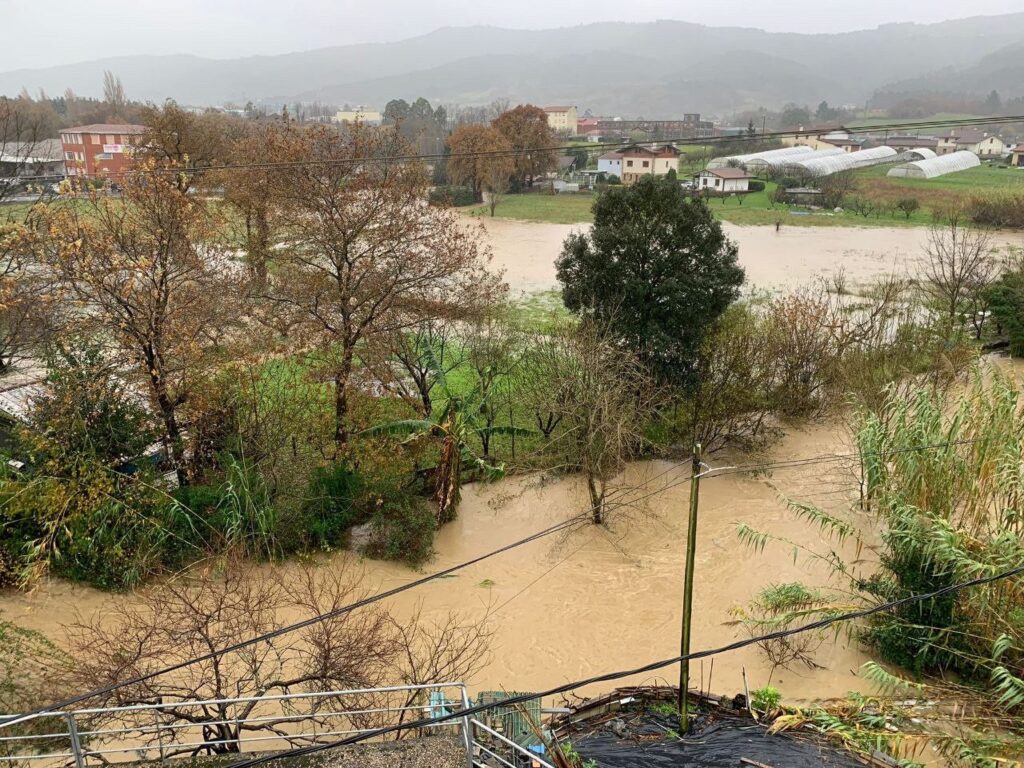Europe’s cities lag behind in adapting to climate change

Basque Centre for Climate Change (BC3) is co-author of a new study published in Nature Climate Change that highlights inconsistencies and weak efforts in 70% of urban plans.
The research is part of a wider European initiative to assess and improve the climate resilience of the continent’s cities.
Europe’s cities are lagging behind in adapting to climate change and its risks. This is the main conclusion of a new study published in Nature Climate Change with the leading participation of the Basque Centre for Climate Change (BC3).
The work reveals that almost 70% of climate adaptation plans in European cities have significant inconsistencies, severely limiting their effectiveness in addressing growing climate risks.
‘Europe is warming twice as fast as the rest of the world and our population is exposed to increasing climate risks such as floods or fires. Faced with this scenario, adaptation plans must be translated into concrete actions, with inclusive, data-driven approaches and clear monitoring mechanisms, to avoid leaving the most vulnerable populations unprotected,’ says Marta Olazabal, Ikerbasque Research Associate Professor at BC3 and co-author of the paper, which stresses that this “adaptation gap” poses increasing threats to 75% of Europeans living in cities.
‘Europe is warming twice as fast as the rest of the world and our population is exposed to increasing climate risks such as floods or fires. Faced with this scenario, adaptation plans must be translated into concrete actions, with integrated, data-driven approaches and clear monitoring mechanisms, to prevent the most vulnerable populations from being left unprotected,’ stresses Marta Olazabal, Ikerbasque Research Associate Professor at BC3 and co-author of the article, which highlights that this “adaptation gap” poses increasing threats to 75% of Europeans living in cities.
To bridge this gap, the research presents a novel framework for assessing the internal consistency of adaptation plans. Specifically, the study analysed 167 local climate adaptation plans across Europe and assessed five key dimensions of coherence: alignment of hazard risk with adaptation objectives; alignment of sectoral risk with measures; consideration of risks to vulnerable groups; inclusion of vulnerable groups in monitoring and evaluation; and involvement of vulnerable groups in planning.
While more than half of the plans aligned environmental risks with corresponding actions, only one per cent effectively involved vulnerable communities, such as the elderly, low-income people and ethnic minorities. This, according to the study’s authors, indicates a widespread failure to integrate social equity into climate strategies.
European initiative
The research is part of the European EURO-lcp initiative, which since 2010 has had an academic team of some 40 researchers in 28 European countries conducting studies in a total of 885 European cities.
The group is led by Diana Reckien, a researcher at the University of Twente and lead author of the new study, which also provides positive conclusions such as that 52% of the plans analysed fully align sectoral risks with adaptation measures.
However, the paper notes that almost half identify risks and do not follow up with respective actions, 49% of sectoral measures are implemented without prior assessment, only 1% effectively involve vulnerable groups, and in older plans the alignment between risks and climate objectives is weak.
This lack of coherence not only limits the effectiveness of adaptation, but also increases the risk of maladaptation, where actions may unintentionally exacerbate vulnerabilities or waste resources.
For this reason, the authors urge climate policy makers to strengthen the internal coherence of adaptation plans by ensuring that risk assessments underpin all planned actions, explicitly addressing social vulnerabilities, and creating transparent processes for participation and monitoring.
‘Climate adaptation must go beyond paperwork. Without consistent, inclusive and evidence-based planning, we risk leaving our most vulnerable communities behind,’ concludes Reckien.
The study sets a new benchmark for assessing climate plans and offers practical tools to close the adaptation gap, helping cities build more resilient and just futures.




